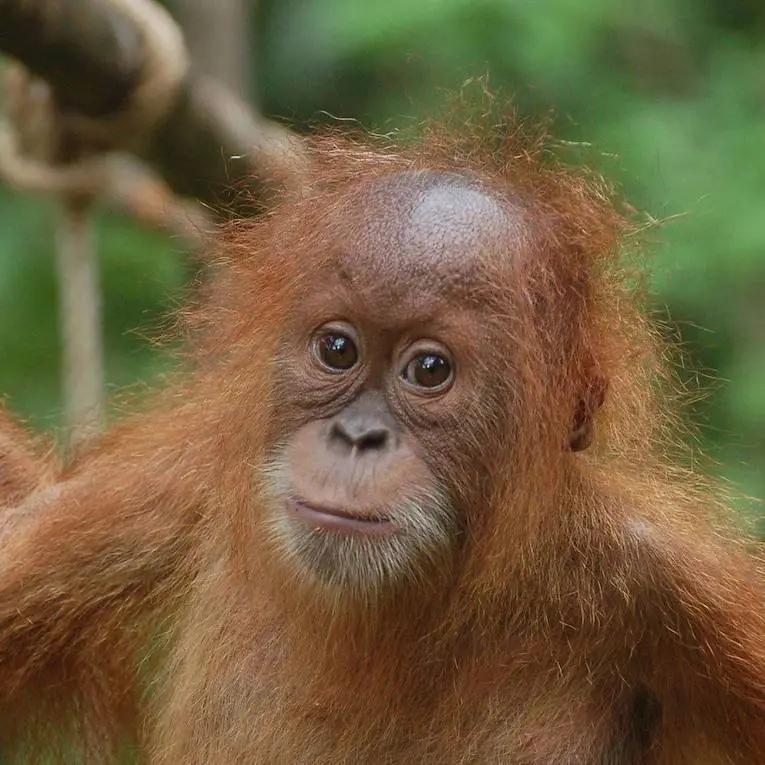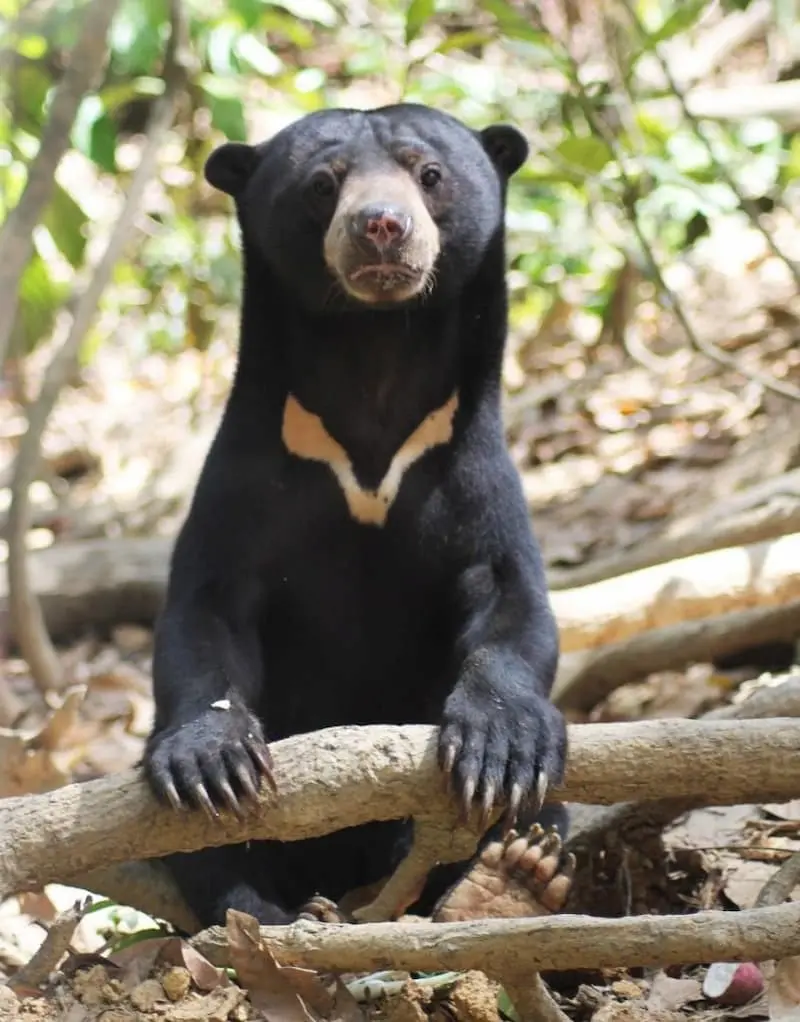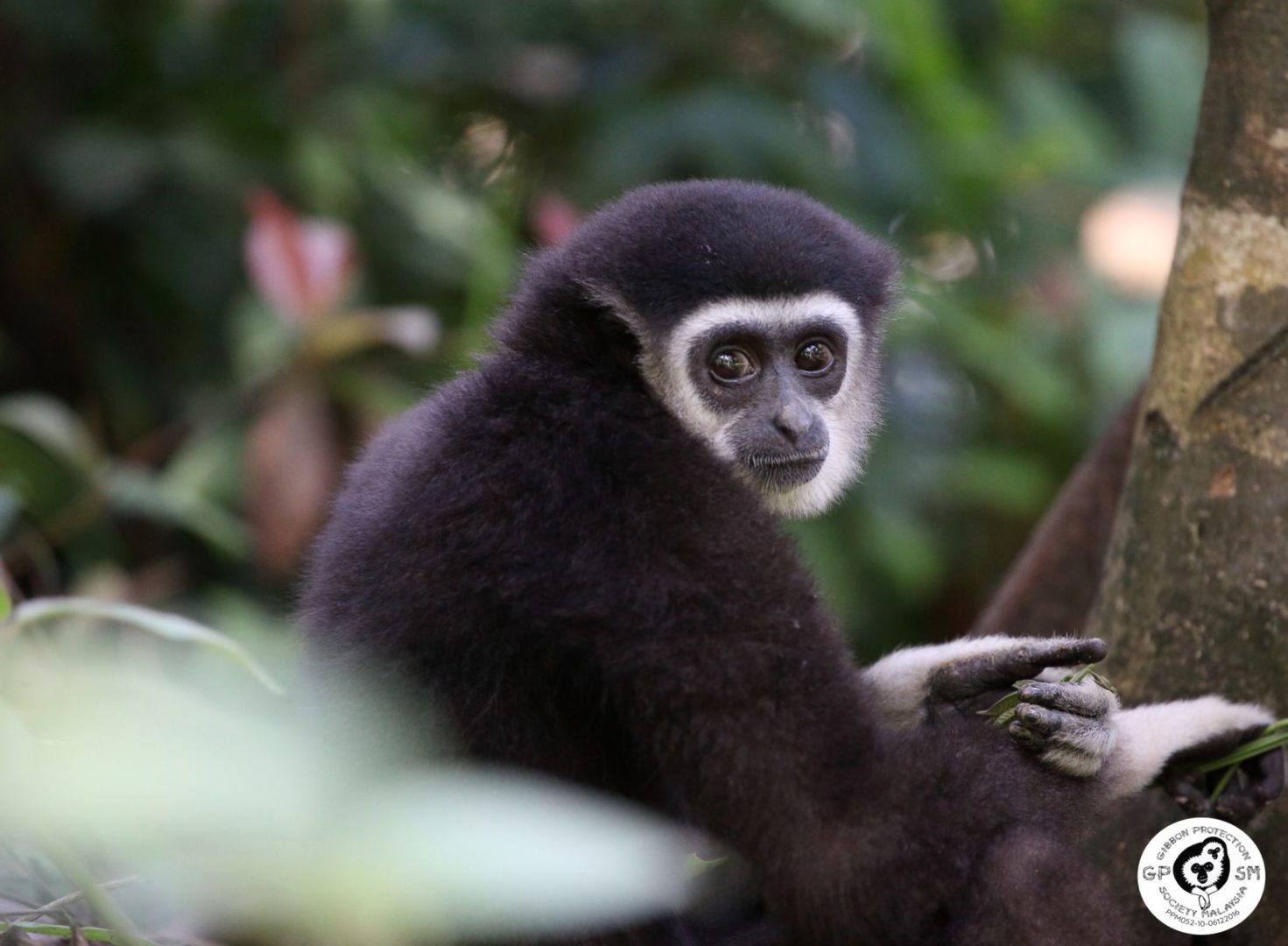In the heart of Malaysia's lush jungles, a silent struggle for survival is unfolding. The…

How endangered is Malaysian Wildlife?
5.
How endangered is Malaysian Wildlife?
Malaysia, including Malaysia Borneo, is one of the most bio-diverse countries in Asia with over 2000 endemic (native) species. However, most of the Malaysian wildlife is under threat, but to what level? Currently, the top 5 endangered animals are Malayan tiger, Malayan tapir, Bornean Orangutan, Asian Elephant and Black Shrew.
The Red List of Threatened Species
The International Union for Conservation of Nature (IUCN) is the world’s oldest and largest global environmental organisation. And it maintains a “Red List of Threatened Species”, the world’s most comprehensive list of endangered species. The Red List utilizes scientific approach and rigour to convey accuracy and urgency of conservation issues to the public, researchers and policy makers. Currently, the Red List categorises animal species into seven threat levels: least concern, near threatened, vulnerable, endangered, critically endangered, extinct in the wild, and extinct.

IUCN lists threatened species as a group of three categories: vulnerable – likely to become endangered, endangered– at risk of becoming extinct, and critically endangered – highest risk of extinction in the wild.
What makes species endangered?
A species can become endangered due to natural causes. However, the most common factor when it comes to species decline is ‘human activity’. The exponential rise in the human population is a factor. Plus rapid urbanisation and overconsumption have led to a decline in wild habitats and animals. Eventually, this makes species become endangered. Ideally, this should not happen. In contrast, classifying species as ‘endangered’ can help to highlight the issue. Additionally, it can help to raise awareness and encourage conservation actions. Ultimately, though, political will is needed!
Main threats to Malaysian wildlife
On 23 November 2019, Malaysia lost its only surviving Sumatran rhinoceros. Additionally, the Malayan tiger, the only tiger subspecies inhabiting the Malay peninsula, is now on the verge of extinction – less than 200 individuals are left in the wild, and sharply declining.
Currently, one of the main threats to Malaysian wildlife is habitat loss due to deforestation for palm oil plantations, agriculture, and road building. It is estimated that over 80% of Malaysia Borneo has been logged. Deforestation leads to increasing human-wildlife conflict and severe environmental degradation in many parts of the region. At this rate, the tropical rainforest of Malaysia and its inhabitants are edging towards extinction.

Workers sorting mature fruits of the palm oil plant. [Photograph by Sevki79, distributed under a CC-BY 4.0 license]
Poaching and the wildlife trade are also key contributors to the declining wildlife of Malaysia. This is not so surprising considering that Southeast Asia acts as an illicit wildlife trading hub. Over 10 years (1998-2007), 388,000 mammals, 1.04 million birds, and 17.43 million reptiles were traded from Southeast Asia, of which 79% originated from the wild. The figures are astonishing and unsustainable, yet it is a widespread and lucrative business valued at up to $26 billion per year.
Malaysian wildlife under threat
Malaysian wildlife is under threat. Malaysia may be one of the most bio-diverse countries in Asia, but it also has one of the highest numbers of species at risk of extinction in the wild. However, there is no simple solution. Palm oil plantations may be the leading cause of deforestation but have transformed Malaysia’s economy, driving rapid economic growth and alleviating the poverty level in the country. Also, Malaysian authorities enforce wildlife laws, regulations, and monitoring to curb poaching and illegal wildlife activities. Still, thousands of endangered animals are killed, trafficked and traded in all forms. We need a solution to address this ever-growing and multi-faceted issue; but, perhaps, it may be too late for some.







